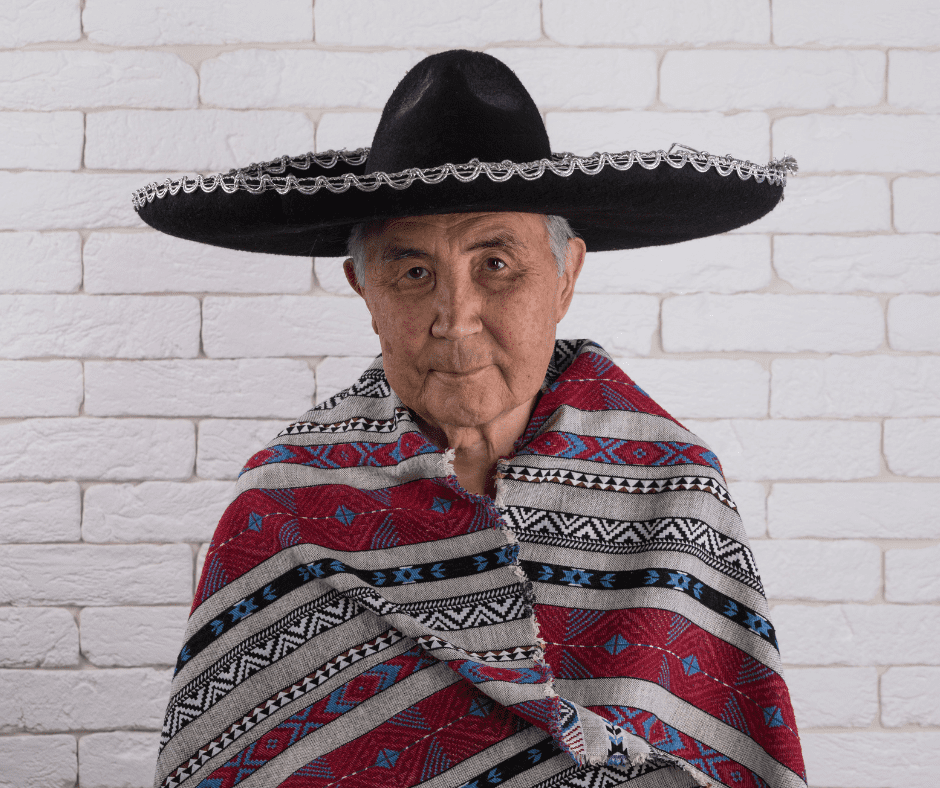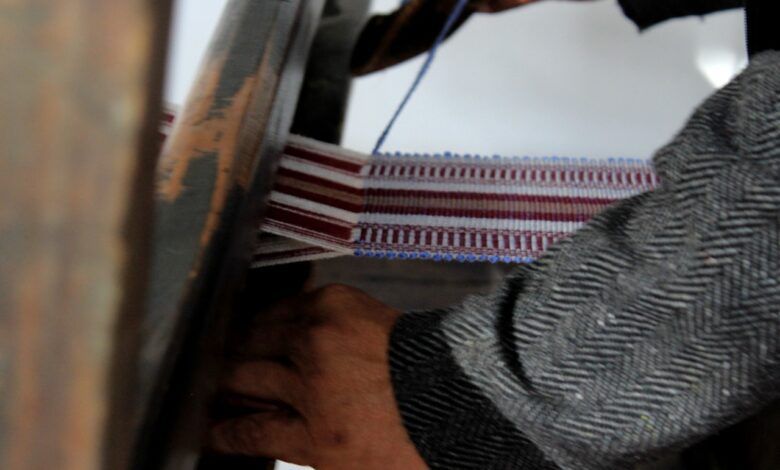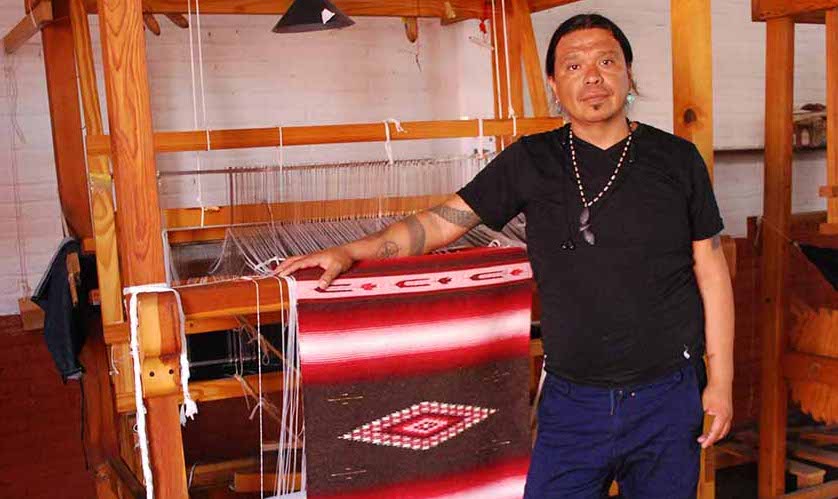No products in the cart.

The Sarape
While the origin of the sarape is unknown, many think that it is an evolution of the Aztec tilmatli, a similar men’s garment. Many groups in Mexico claim to have invented the sarape, but none of these claims have yet been substantiated. The most likely explanation is that the sarape was inspired by many cultural influences and that its prevalence spread over time, eventually becoming ingrained in Mexican culture.

Sarapes vary greatly in style and design, but many share common themes. Many sarapes have large stripes or bands of bright colours. The Aztec believed that bright colours would bring them favour from the gods. Specific patterns and colours may have been used to identify the family and hometown of the wearer.
Sarapes have fringed ends, usually in white. These days, sarapes can be made of many different materials including cotton, acrylic, and polyester, but traditional sarapes were made of wool. The raw wool would have been carded, coloured, spun into thread, and dyed. The sarape then would have been worked up on a large loom. Sarapes were usually worn by men, while women favoured similar garments called rebozos or huipiles.

In modern times, the finest-quality sarapes are generally believed to come from Saltillo, the capital of the Mexican state of Coahuila. Saltillo sarapes are so well-known that “saltillo” is another word for the sarape. The people of Saltillo trace their roots back to the Chichimeca peoples, an indigenous Mexican group related to the Aztec.
Because of its simple design, sarapes can be used for many purposes other than as a garment. They can be used as blankets, decoration, tablecloths, pillows, rugs, and even as horse blankets or saddle pads.
Photo credits:
- Open source photo
- Photo Credit: La Favorita Sarape School
- Photo Credit: www.mexicanist.com
